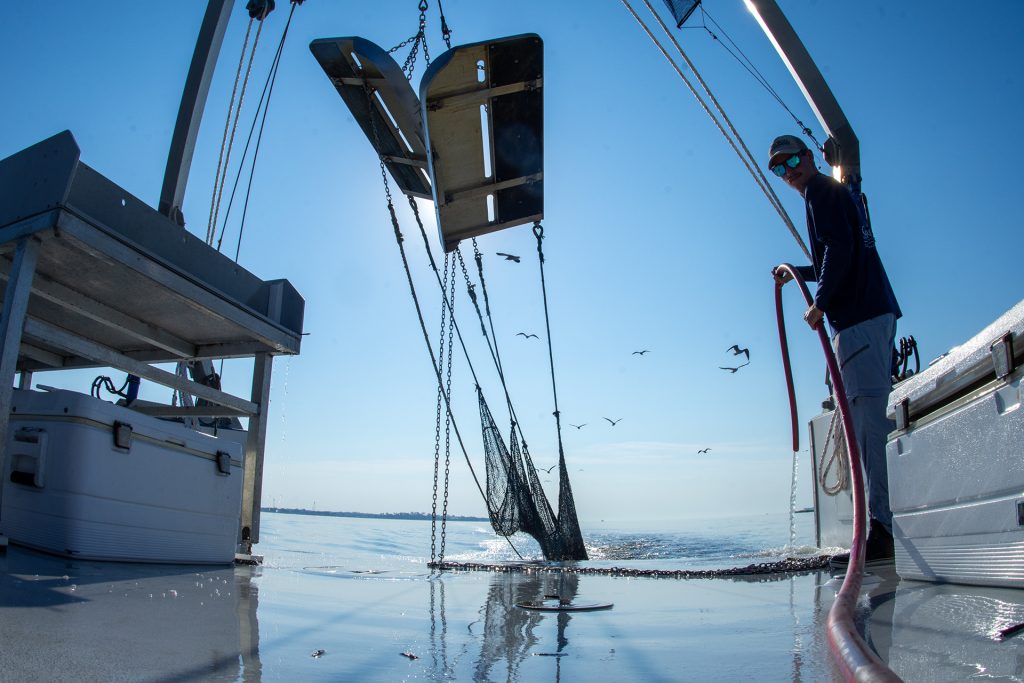
I recently had the opportunity to join the crew of the R/V Reid W. Harris for a morning while they were conducting the Ecological Monitoring Trawl Survey. I have been several times before this, but this time I was there to photograph it. It wasn’t for anything super important other than photography practice, and I am very glad I went.
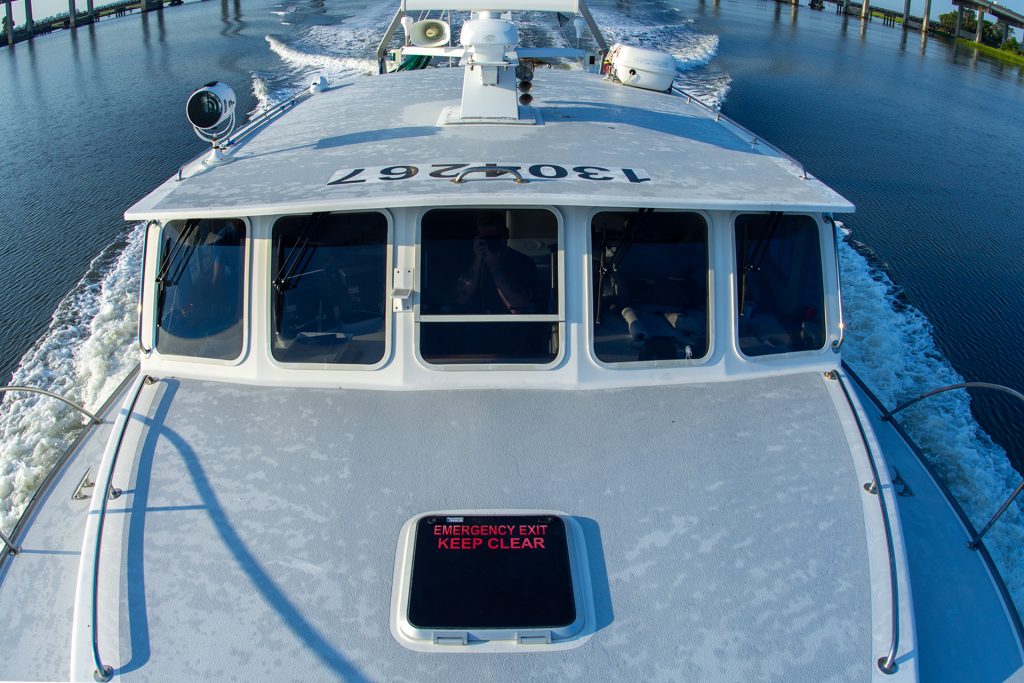
The Ecological Monitoring Trawl Survey is nothing new. Since 1976, the Coastal Resources Division of DNR has conducted this trawl survey, then known as the Shrimp Assessment Survey.
Its primary goal was to record information on and assess the population health of penaeid shrimp and blue crabs, as they are commercially important to our economy.
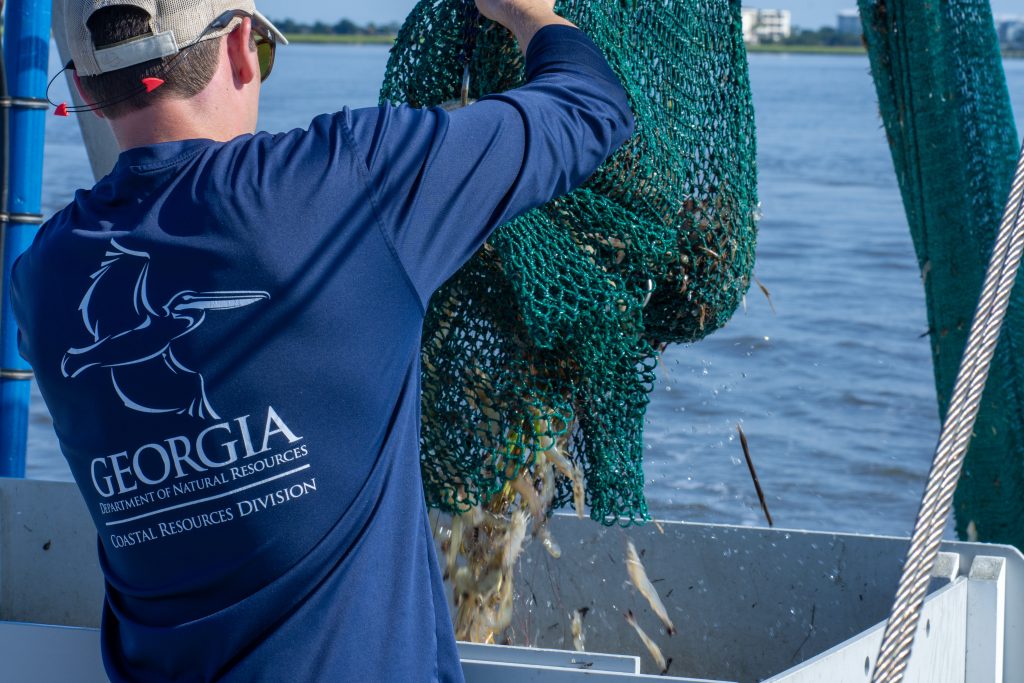
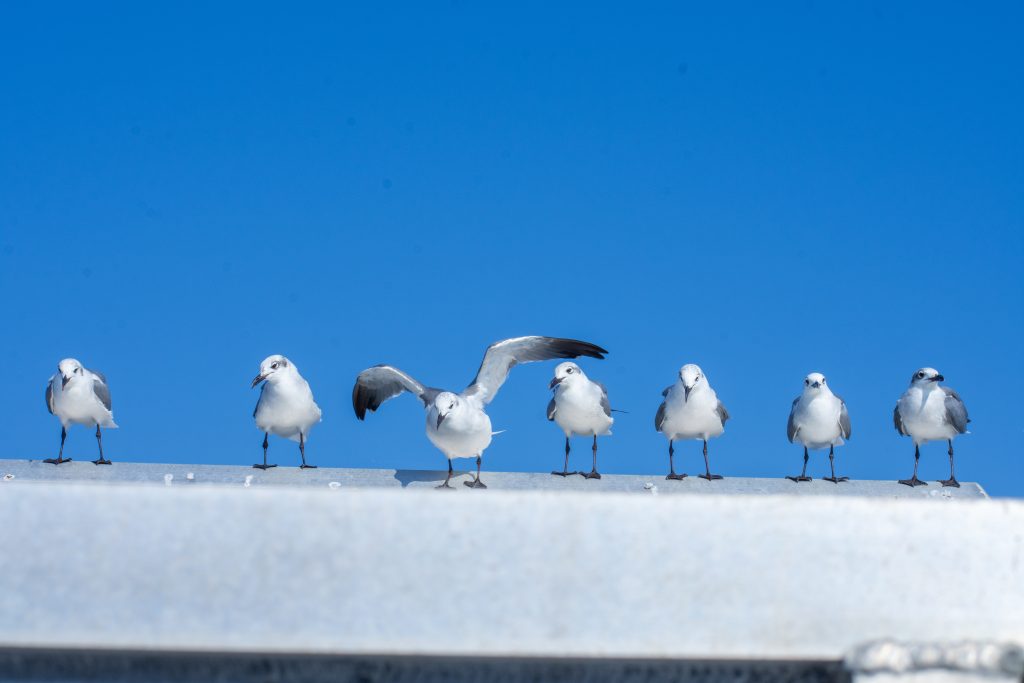
The net is dragged on standardized tow times at fixed sample sites in order to collect consistent, comparable data. Once the net is pulled up and emptied onto the culling table, the birds know it’s dinner time. We didn’t have any super brave birds, but we did have a few picking on each other.
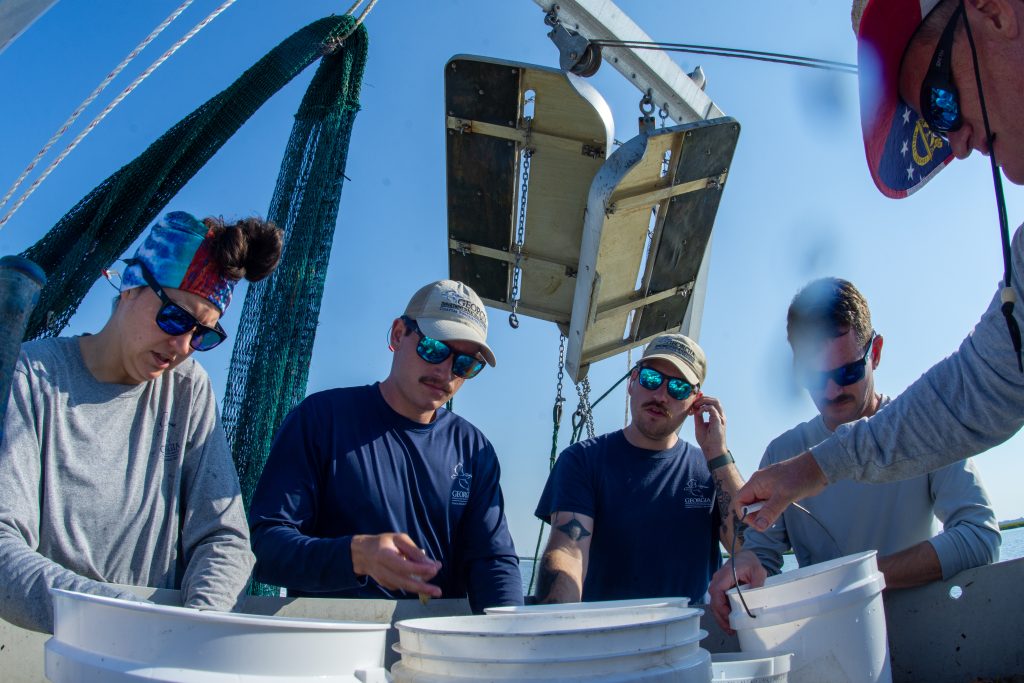
With the catch now on the culling table and the net reset, the catch must be sorted. Before 2003, only data pertaining to penaeid shrimp and blue crabs was collected. Nowadays, this brave new bold DNR has decided that it would be wise to expand the survey to assess and monitor all marine organisms caught, including shrimp, crabs, finfish, and the occasional marsh wrack.
Most everything that is caught is recorded for posterity’s sake. Occasionally there’s jellyfish, horseshoe crabs, sharks, and other certain types of fish and marine life. Sometimes a boot.
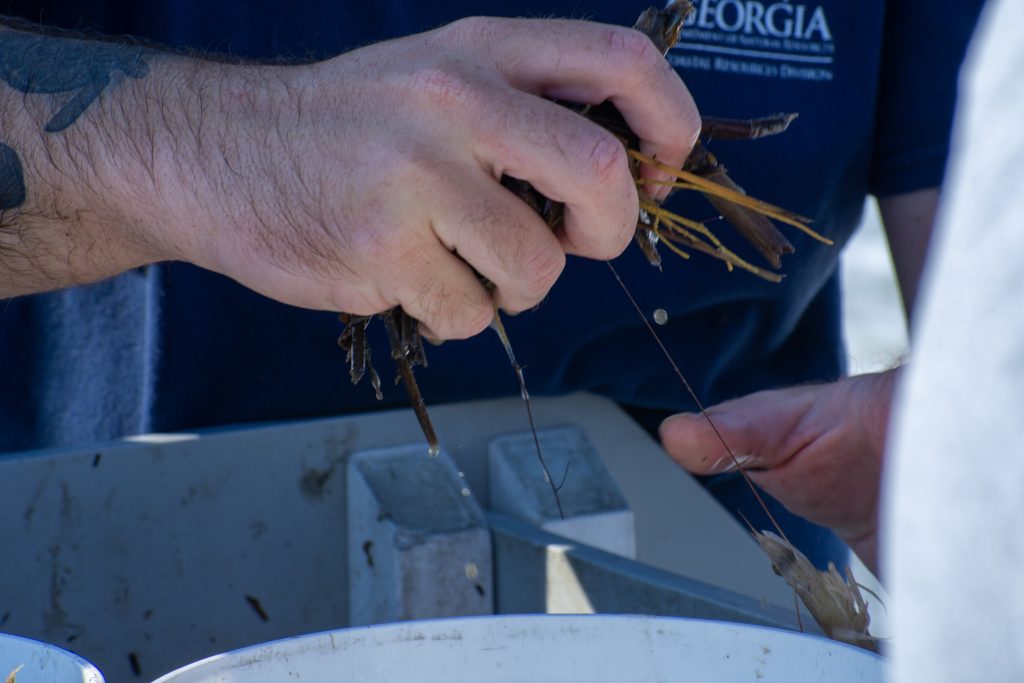
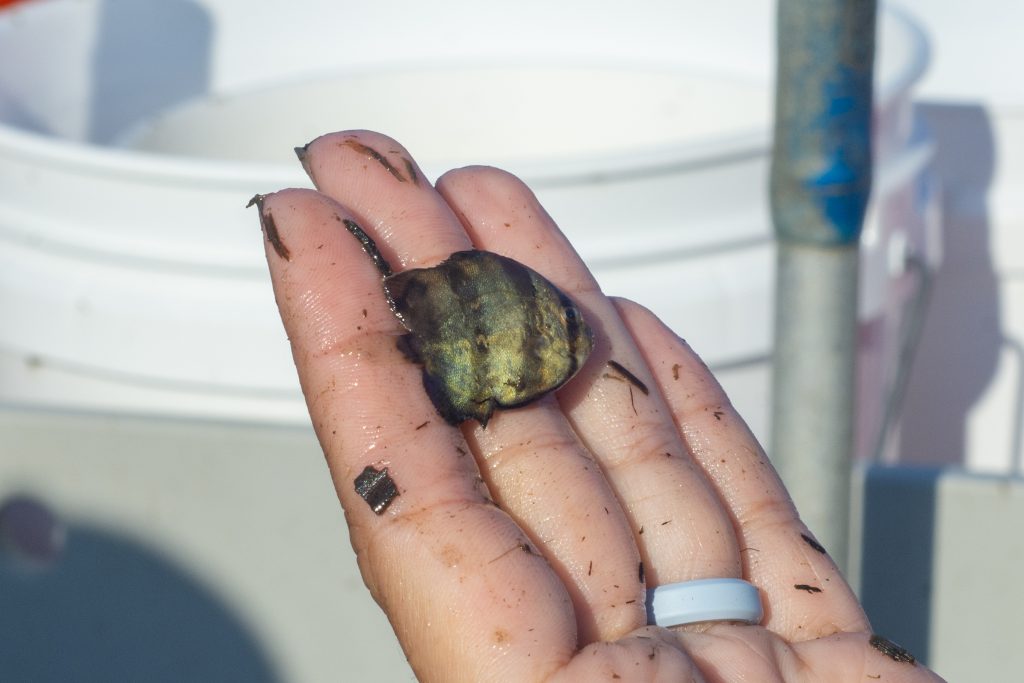
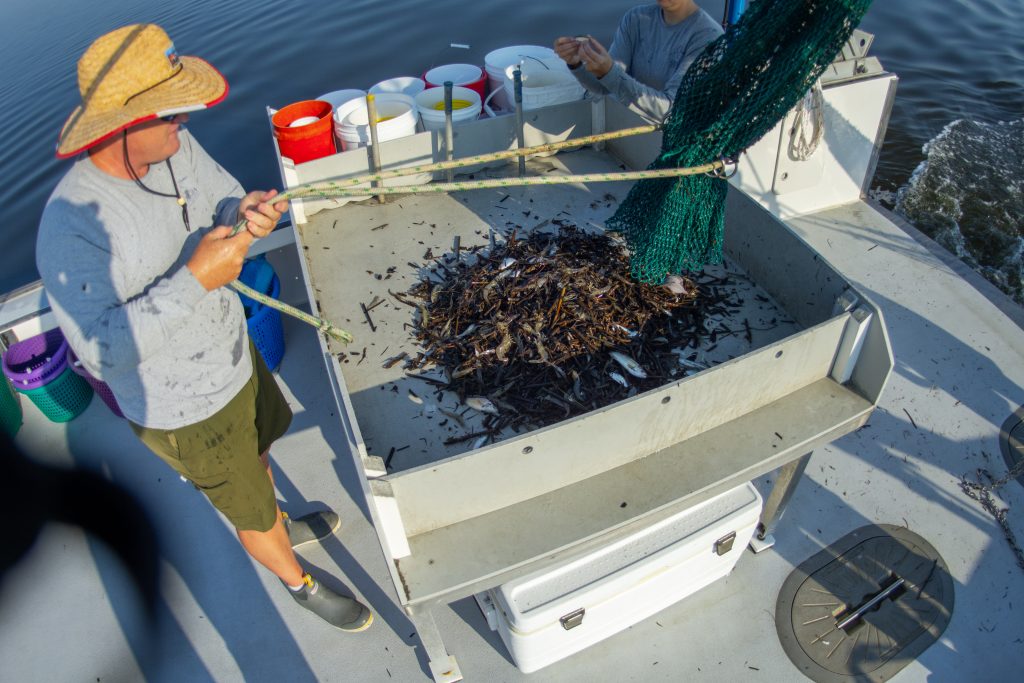
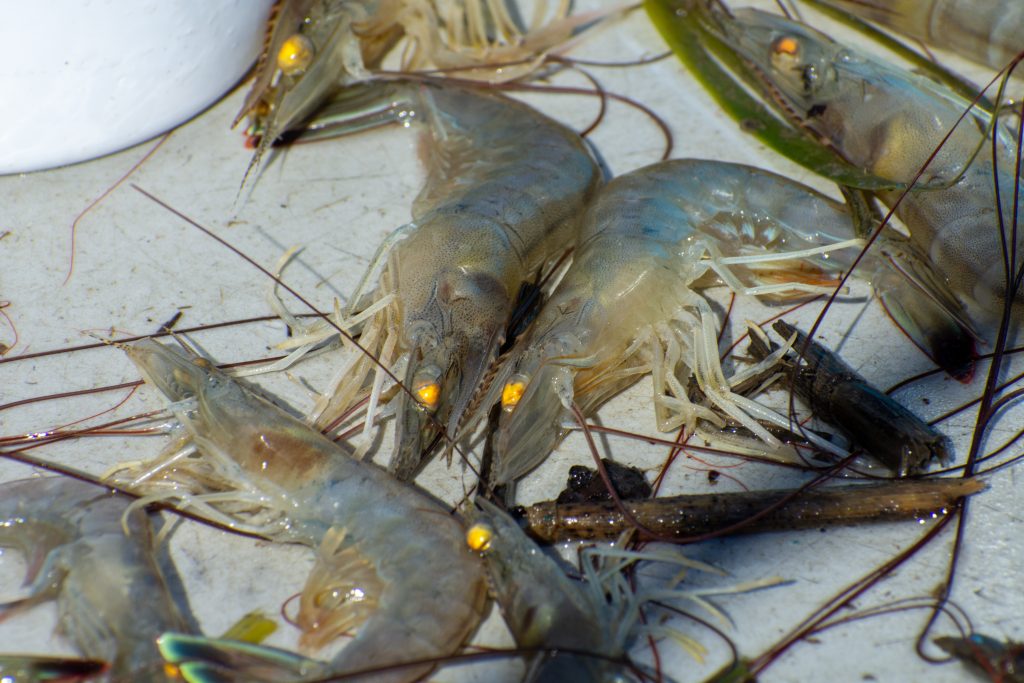
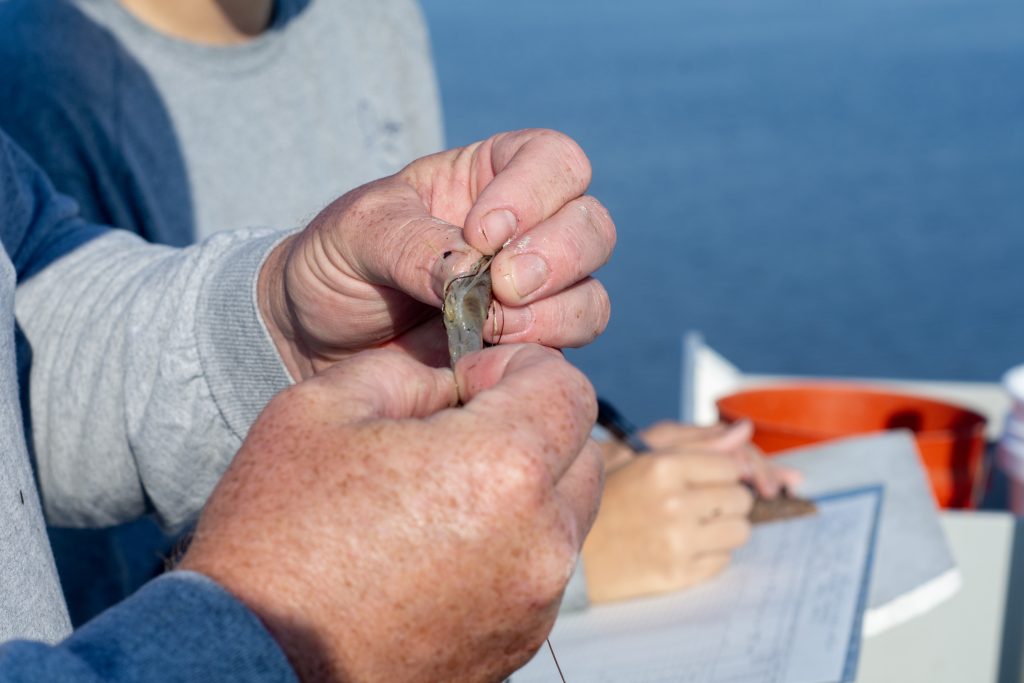
Once the catch is sorted, the shrimp are cataloged on their own to determine the “head count” and figure out the health of the shrimp population. This helps CRD and DNR’s commissioner make decisions on when to
open the recreational and commercial shrimp season. Recorded data points include the length, sex, gill conditions, and overall weight.
On the other side of the boat, a similar process is done, but with all other species caught. This data is then entered into spreadsheets where it will be used for similar purposes as the shrimp. That poor number pad.
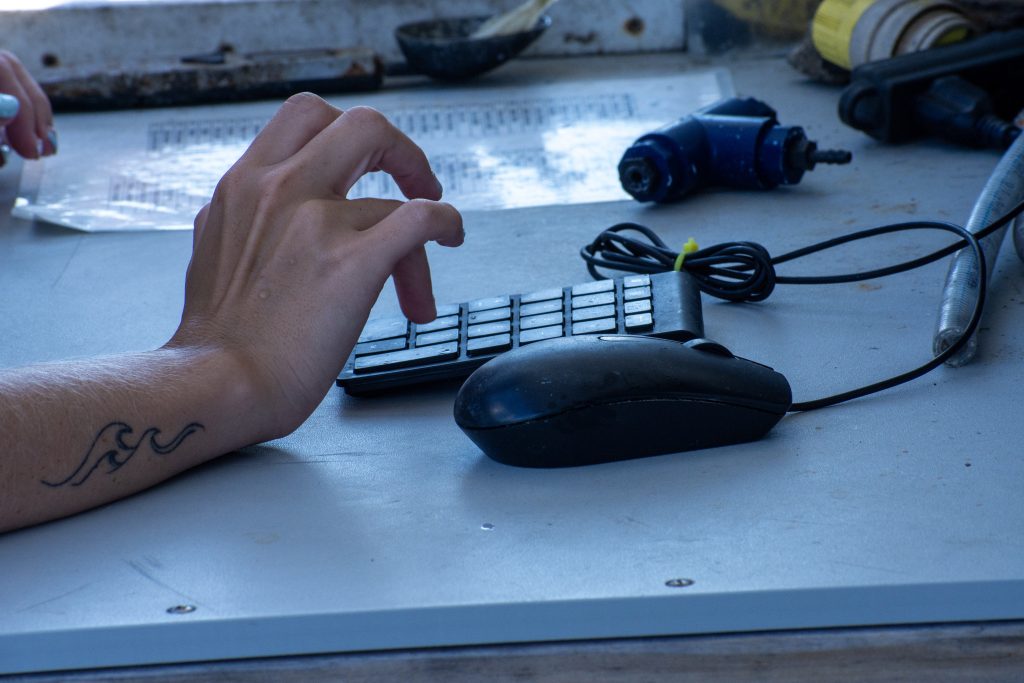
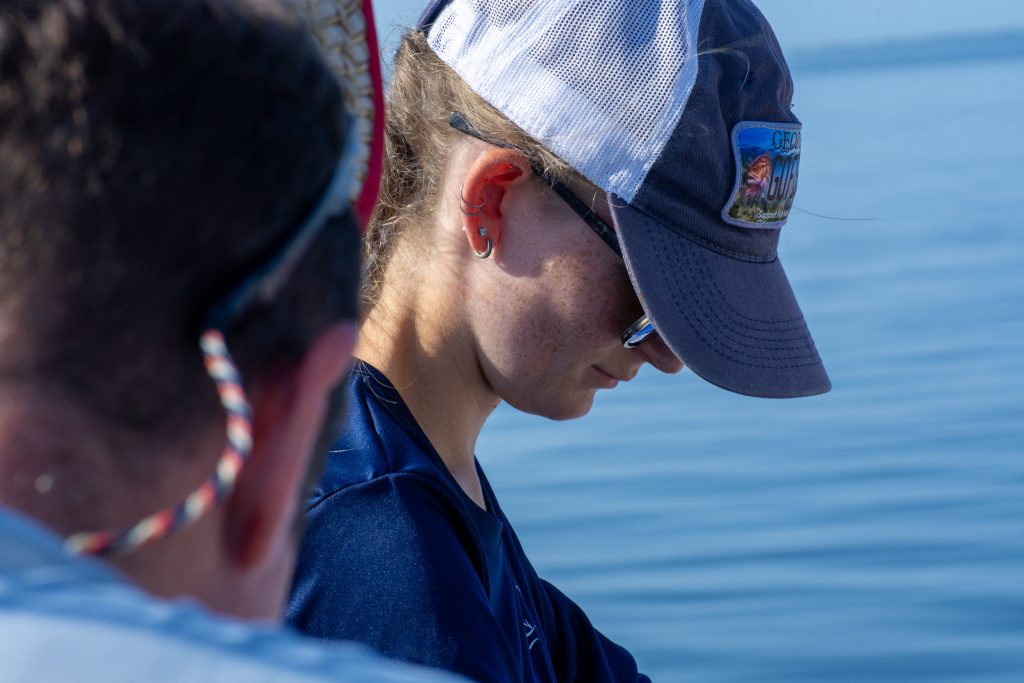
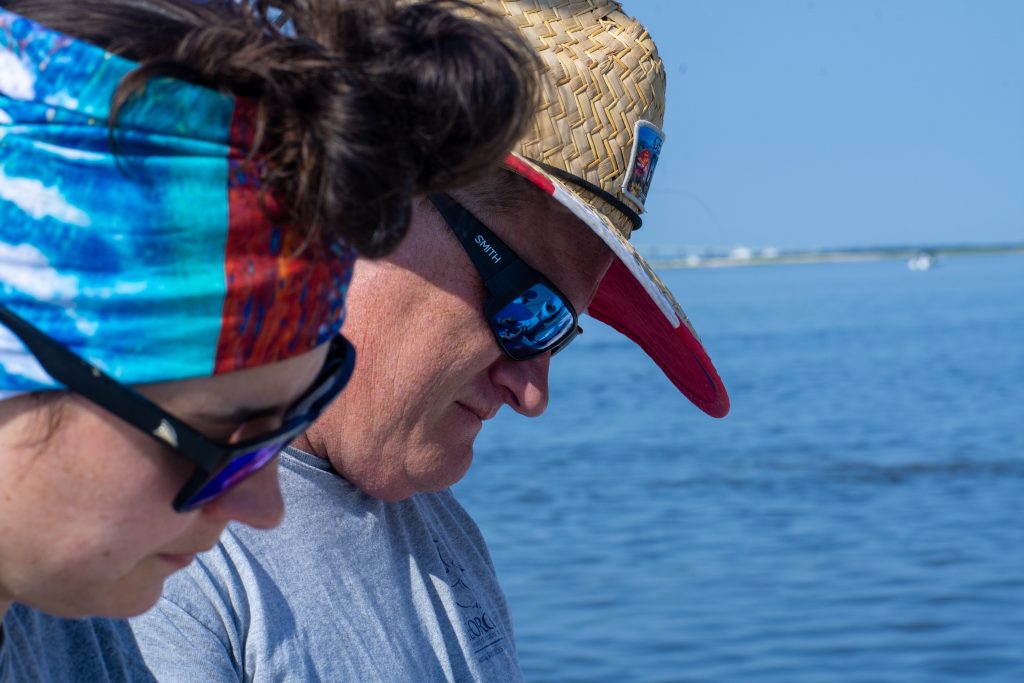
Other important factors of the day are also included, such as water quality, water salinity, air temperature and speed, and sarcasm levels. These *all* can be helpful on getting back into the day of where the animal was caught in order to understand different points of data.
Imagine you’ve got a good amount of data, but something just doesn’t make sense. You’ve got an outlier. These conditions can help tell the story to further clarify why you might be seeing unexpected data.
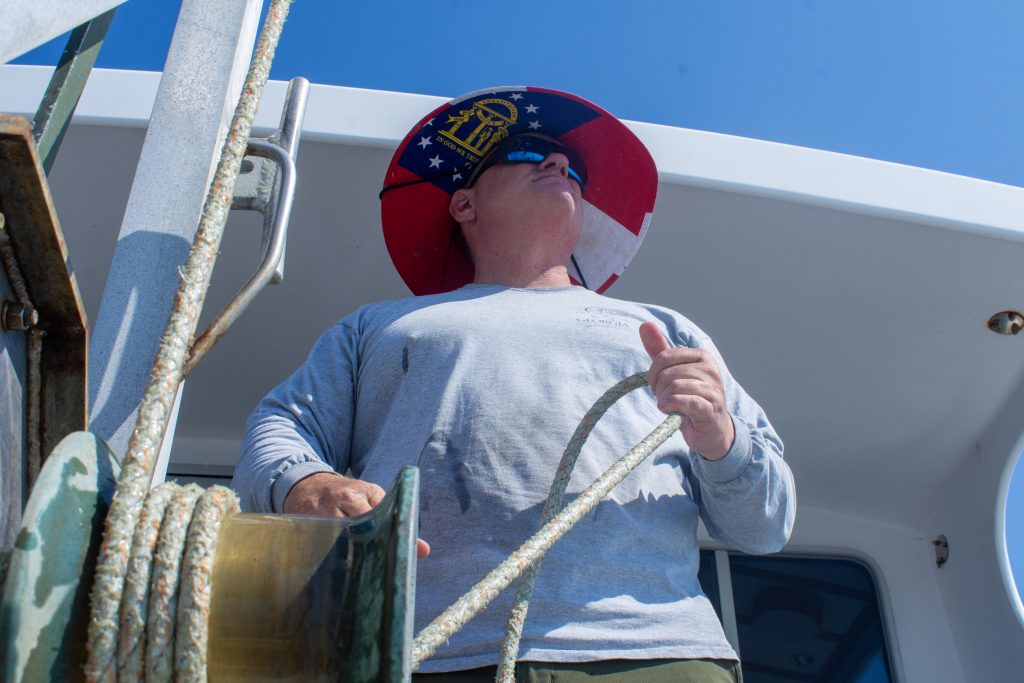
This process of completing fixed run times at fixed sites, sorting, and cataloging the catch is completed as many times as needed throughout the day so make all of the sites. Oftentimes, the sites will be far away from the Coastal Regional Headquarters.
The captain of the R/V Reid W. Harris, Robert Overman holding a steady course down the plotted line on the Garmin. This steadiness and consistency is the heart of this whole survey.
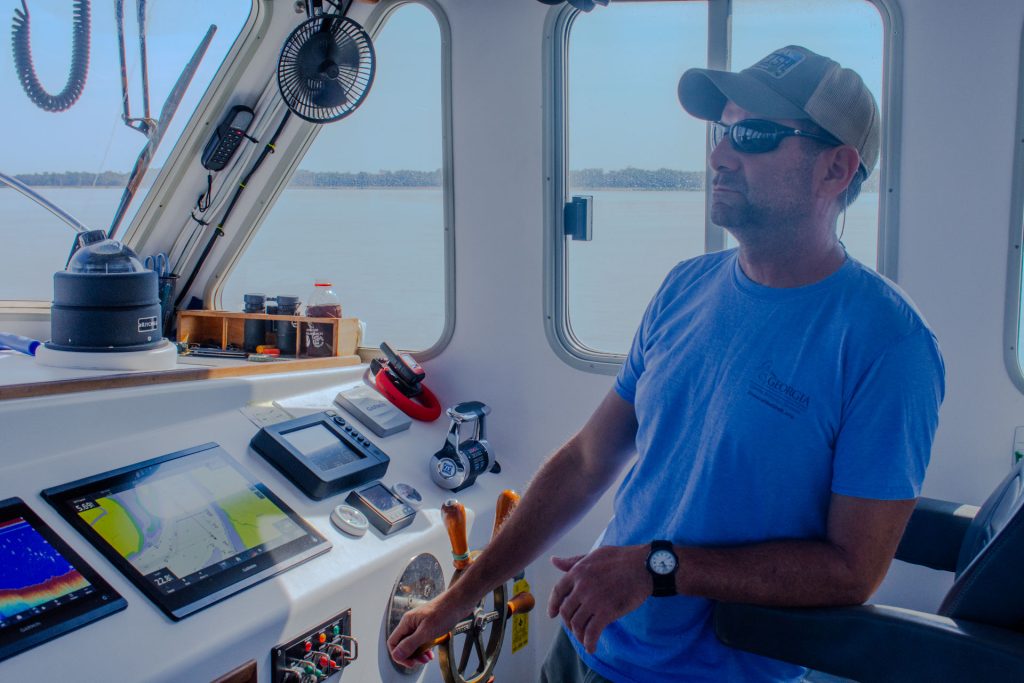
In conclusion:
I really have no idea what I’m doing. This is my first photo essay. I have now taken this on as a personal challenge. Pictured below is my favorite photograph of the day, entitled “Bird Bully”.
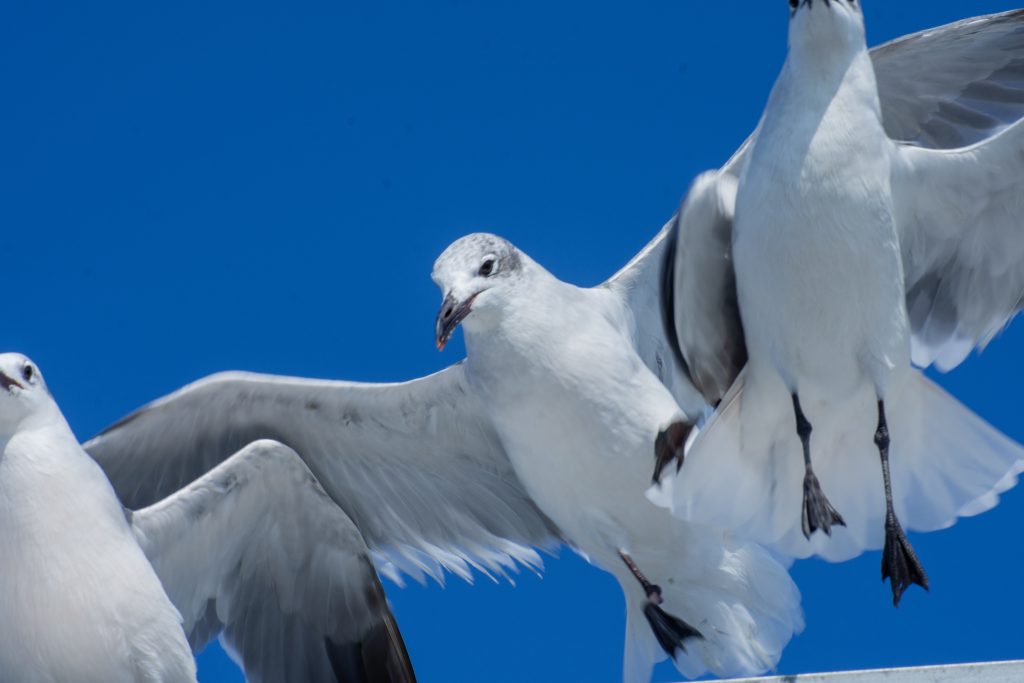
fm

Leave a Reply